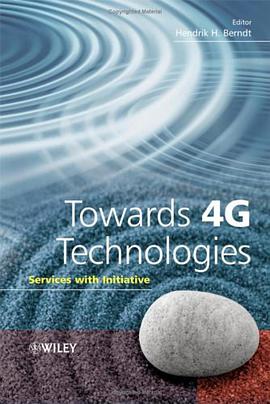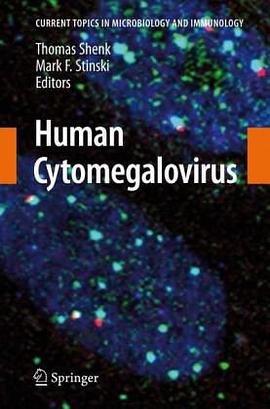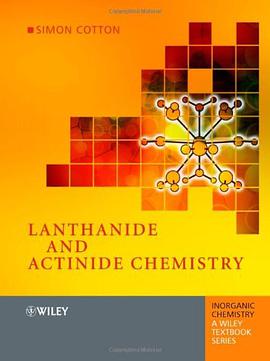

ATP, the intracellular energy source, is also an extremely important cell-cell signalling molecule for a wide variety of cells across evolutionarily diverse organisms. The extracellular biochemistry of ATP and its derivatives is complex, and the multiple membrane receptors that it activates are linked to many intracellular signalling systems. Purinergic signalling affects a diverse range of cellular phenomena, including ion channel function, cytoskeletal dynamics, gene expression, secretion, cell proliferation, differentiation and cell death. Recently, this class of signalling molecules and receptors has been found to mediate communication between neurons and non-neuronal cells (glia) in the central and peripheral nervous systems. Glia are critical for normal brain function, development and response to injury. Neural impulse activity is detected by glia and purinergic signalling is emerging as a major means of integrating functional activity between neurons, glia and vascular cells in the nervous system. These interactions mediate effects of neural activity on the development of the nervous system and in association with injury, neurodegeneration, myelination and cancer. Bringing together contributions from experts in diverse fields, including glial biologists, neurobiologists and specialists in purinergic receptor structure and pharmacology, this book considers how extracellular ATP acts to integrate communication between different types of glia, and between neurons and glia. Beginning with an overview of glia and purinergic signalling, it contains detailed coverage of purine release, receptors and reagents, purinergic signalling in the neural control of glial development, glial involvement in information processing, and discussion of the interactions between neurons and microglia.
具體描述
讀後感
評分
評分
評分
評分
用戶評價
相關圖書
本站所有內容均為互聯網搜索引擎提供的公開搜索信息,本站不存儲任何數據與內容,任何內容與數據均與本站無關,如有需要請聯繫相關搜索引擎包括但不限於百度,google,bing,sogou 等
© 2025 qciss.net All Rights Reserved. 小哈圖書下載中心 版权所有




















